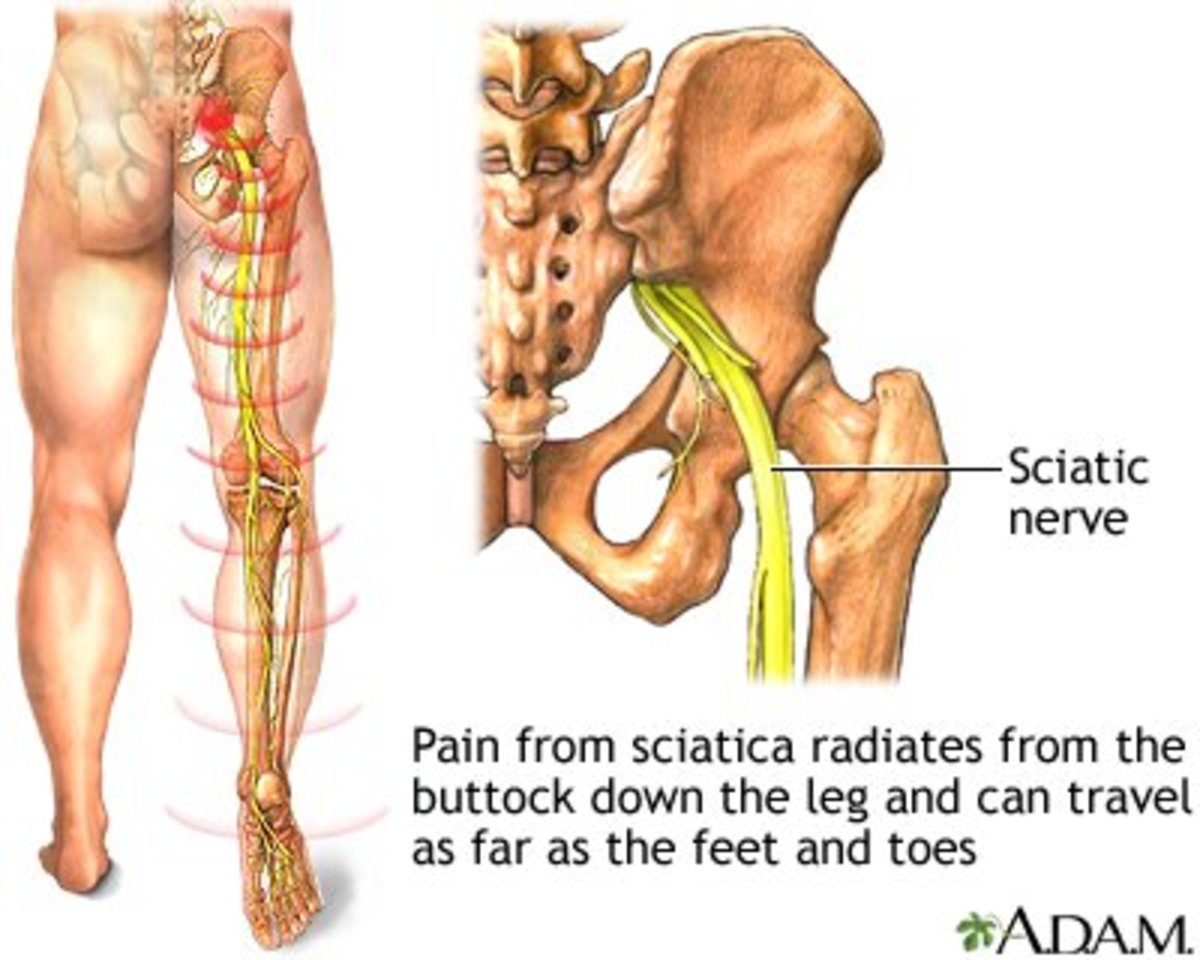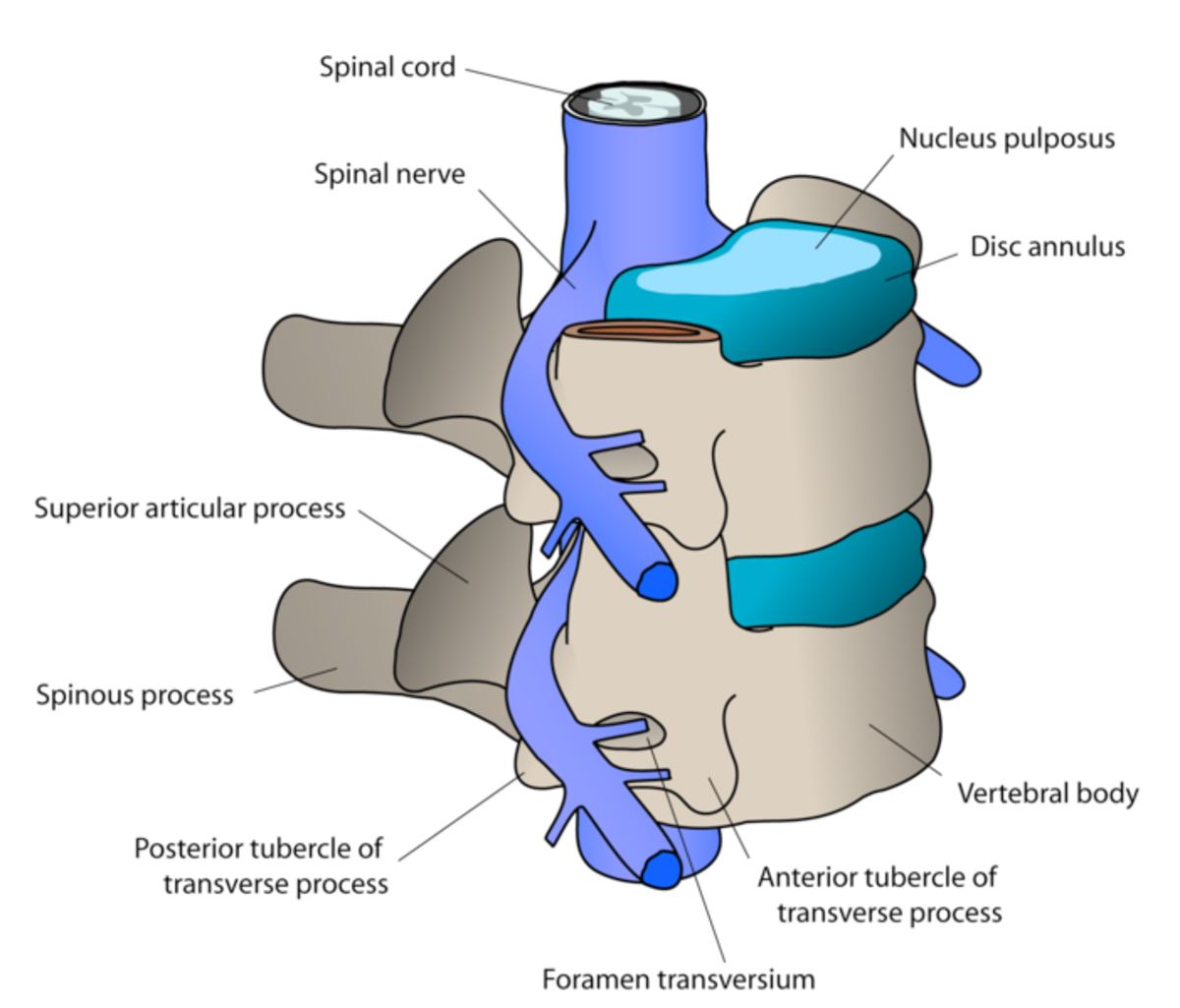Why Is Sciatica on the Rise?
What Is Sciatica?
Sciatica occurs when there is pressure or compression of the sciatic nerve in the lower back. What is sciatica being reported more often, and is the rate of sciatica actually increasing?

An Aging Population
As the population ages, the number of people who have worn out their bodies increases simply because there are more old people. Baby Boomers compound this issue further because they have remained in the work force and in physically demanding positions that their parents would have retired from in their 50s.
Spinal arthritis and connective tissue degeneration that allows spinal disks to slip both cause sciatica. And both of these risks increase with age. Those with prior back injuries, whether from athletics or work, are at greatest risk of sciatica.
A Widening Population
Sciatica and obesity share a common root cause: lack of exercise. As the general physical fitness of a population declines, its average weight increases. As the average core strength of the population declines, its risk of sciatica increases.
Obesity can aggravate sciatica by increasing the load put upon one’s back. Those who were previously active and suffered back injuries while performing manual labor or played sports face a significant risk of sciatica as they gain weight over the years.
Budget Cuts
Sciatica is aggravated by lifting heavy loads, twisting while holding heavy loads and standing for long periods of time. Budget cuts in many manufacturing environments have lead to the layoffs of ergonomic experts who designed work places to prevent back injuries and back strain. They stand on concrete floors instead of ergonomic mats.
Work stations are slapped together with everything they need nearby but there is little thought put into arranging the space to minimize twisting, bending, leaning or long reaches. Working more years in a physically demanding position increases your risk of sciatica, sometimes misspelled as "ciatica".
Automation
While automation has reduced the number of manual jobs in proportion to the population, it has put increased strain on those who remain in the factory. You must lift, move and act faster to keep up with ever faster manufacturing operations. Repetitive lifting and reaching will strain your back and cause sciatica to flare up, even if you are not lifting heavy loads.
The just in time manufacturing environment also favors set up and tear down factories with ever-changing configurations to accommodate the latest manufacturing equipment and technologies. When these flexible assembly lines are set up, the only considerations are the production speed and product quality. Employees end up working with the tools on hand instead of the most ergonomic tools for the job.
Medical Diagnostics and Testing Resources
One of the least known causes for the risk of sciatica is the rise of better diagnostics. Prior generations who used to put up with back pain as a normal part of aging now see a specialist when the pain comes but does not go. Doctors used to prescribe pain relievers, ice or muscle relaxants.
Now they whip out the high tech tools while patients receive a diagnosis of sciatica. Periodic numbness or burning treated as muscle aches and pains drive patients to the doctor only to learn that they have a piriformis nerve that runs through the muscle instead of near it and will suffer from periodic flare ups if they do not manage the condition.
More doctors are aware of the condition, and more medical professionals, such as nurse practitioners, can diagnose patients with sciatica. Furthermore, those who would have accepted back pains as part of aging now seek medical diagnosis and treatment.








